Yes, peppers are technically fruits, not vegetables. This may surprise many people who consider them vegetables, but the distinction lies in botany: a fruit is defined as the mature ovary of a flowering plant that contains seeds. Since peppers develop from the flower of the pepper plant and encase seeds, they are classified as fruits. This article explains why peppers are fruits, how they differ from vegetables, and provides practical tips for culinary use.
Table of Contents
- What Are Peppers Technically?
- Types of Peppers
- How to Use Peppers
- Buying Guide for Peppers
- FAQs About Peppers
- Fun Facts About Peppers
- Conclusion
What Are Peppers Technically?
Despite common culinary use as vegetables, peppers are botanically fruits. This classification follows the scientific definition: fruits develop from the flower of a plant and contain seeds. Peppers (genus Capsicum) meet this criteria, unlike black pepper (Piper nigrum), which is a completely different plant. Peppers belong to the nightshade family, which also includes tomatoes, eggplants, and potatoes—all technically fruits. The confusion arises because culinary traditions classify foods based on taste and usage (sweet vs. savory), not botanical science.
| Pepper Type | Heat Level (Scoville Units) | Flavor Profile | Common Uses |
|---|---|---|---|
| Bell Pepper | 0–500 | Mild, sweet, slightly tangy | Sautéed, roasted, stuffed, raw in salads |
| Jalapeño | 2,500–8,000 | Earthy, grassy, slightly sharp | Guacamole, salsas, pickled, grilled |
| Habanero | 100,000–350,000 | Tropical, citrusy, smoky | Hot sauces, marinades, salsas |
| Ghost Pepper | 850,000–1,041,450 | Smoky, fruity, extremely hot | Spicy curries, chili powders, extreme recipes |
| Chipotle | 2,500–8,000 | Smoky, earthy, slightly sweet | Adobo sauces, stews, BBQ rubs |
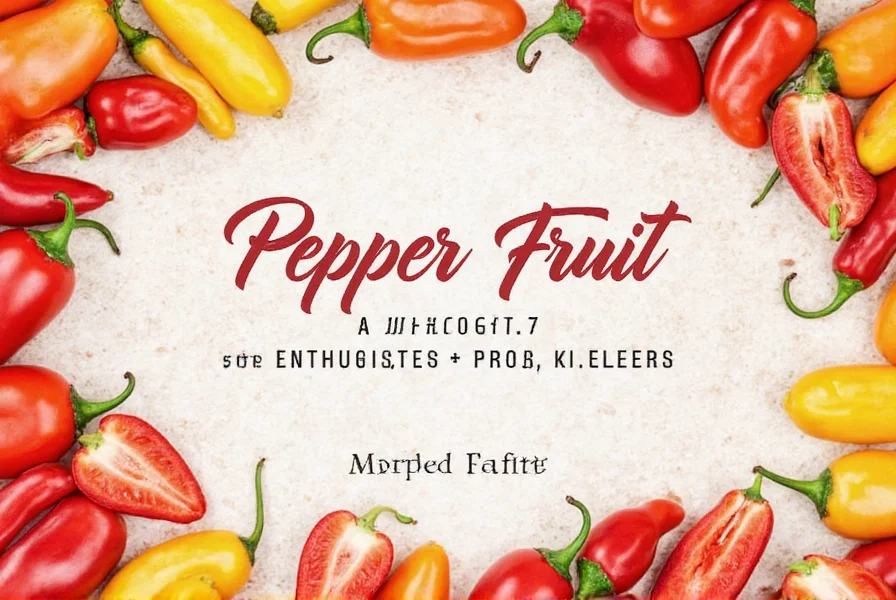
Common pepper varieties displayed side by side.
As you can see, pepper varieties range from mild to extremely hot, with diverse flavors and uses. The key difference from vegetables is botanical: all peppers are fruits, but culinary traditions often mislabel them as vegetables due to their savory taste profile.
How to Use Peppers
Whether cooking, preserving, or experimenting, here are practical tips for using peppers:
- Roasting: Roasting enhances natural sweetness and smoky depth. Place whole peppers on a baking sheet, roast at 400°F (200°C) until charred, then peel and chop.
- Pickling: Pickled peppers (especially jalapeños) preserve flavor and add tangy kick. Use vinegar-based recipes with garlic and spices.
- Chili Paste: Blend fresh peppers with oil, salt, and garlic for a versatile homemade paste. Store in the fridge for weeks.
- Infusing Oils: Simmer chopped peppers in olive oil, then strain. Use in dressings, marinades, or drizzle over dishes.
- Adding Heat Gradually: Start with milder peppers like poblano or Anaheim. Build tolerance before trying hotter varieties like serrano or habanero.
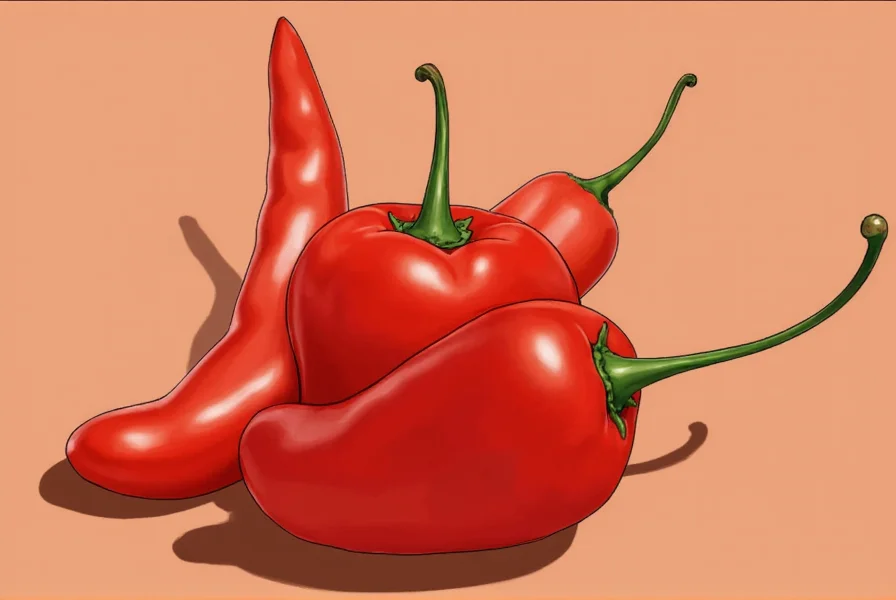
Roasted peppers ready for cooking.
Balance is key: peppers elevate dishes but can overwhelm flavors if overused.
Buying Guide for Peppers
1. Fresh Peppers
For freshness, visit farmers' markets or specialty stores. Look for firm, shiny peppers without bruises; stems should be green and intact.
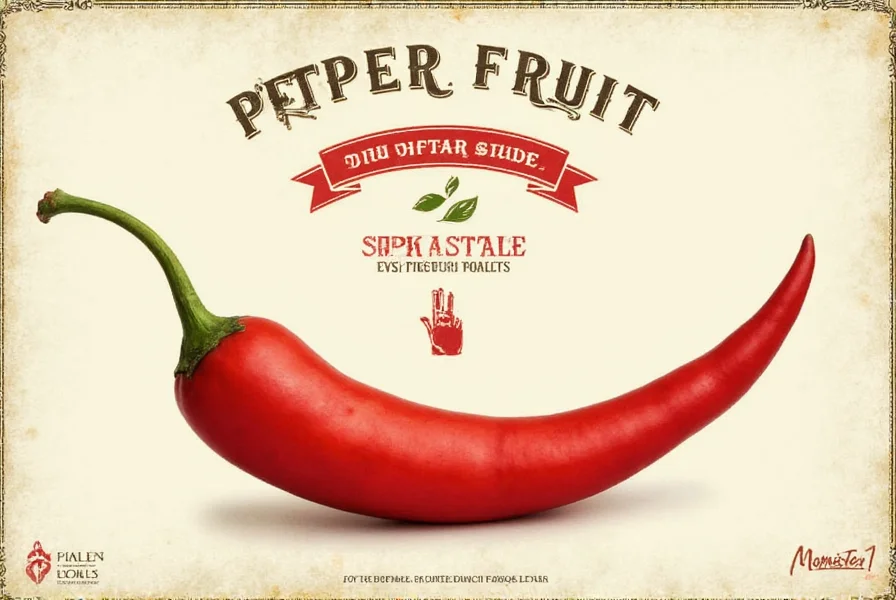
Fresh peppers at a local market.
2. Dried Peppers
Dried peppers like ancho, guajillo, or chipotle add depth without moisture. Ideal for salsas, stews, and spice blends.
3. Canned or Jarred Peppers
Convenient for everyday cooking—pickled jalapeños or diced green chilies provide quick flavor bursts.
4. Specialty Stores
For rare varieties like Bhut Jolokia (ghost pepper) or Trinidad Scorpion, visit specialty grocery stores or spice shops.
5. Online Retailers
Many online retailers sell fresh, dried, and canned peppers. Check reviews and shipping options before purchasing.
Recommended Products:
- Whole Foods Market - Fresh Bell Peppers: Organic, non-GMO, multi-color. Best for salads, stir-fries, stuffing.
- McCormick - Dried Ancho Chiles: Rich, smoky flavor. Best for Mexican cuisine and spice blends.
- Trader Joe's - Pickled Jalapeños: Crisp texture, tangy flavor. Best for salsas, tacos, Bloody Marys.
- Penzeys Spices - Ghost Pepper Powder: Extremely hot, intense flavor. Best for chili powders and experimental cooking.
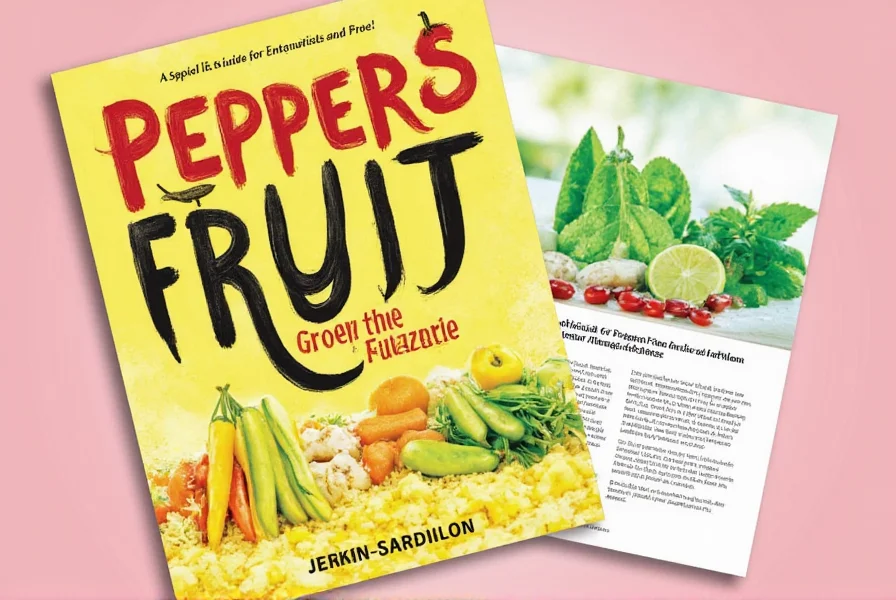
Ghost pepper powder for culinary use.
FAQs About Peppers
Why are peppers considered fruits when they're not sweet like most fruits?
Botanically, a fruit is defined by its origin (mature ovary of a flowering plant containing seeds), not sweetness. Cucumbers, tomatoes, and eggplants are also fruits for this reason. Sweetness is irrelevant to botanical classification—only culinary traditions label them as vegetables due to savory flavors.
What's the difference between peppers and black pepper?
Peppers (Capsicum genus) and black pepper (Piper nigrum) are unrelated plants. Black pepper comes from a tropical vine and contains piperine for heat, while peppers belong to the nightshade family and use capsaicin. The similar name is a historical coincidence from European explorers mistakenly equating them during the Columbian Exchange.
How can I reduce the heat of a pepper if I've added too much to a dish?
Add dairy (yogurt or sour cream) to dissolve capsaicin, incorporate acid (lime juice or vinegar), add sweetness (honey or sugar), or dilute with other ingredients. Water won't help—capsaicin is fat-soluble, not water-soluble.
How should I handle extremely hot peppers to avoid skin irritation?
Wear gloves when handling super-hot peppers like ghost peppers or Carolina Reapers. Avoid touching your face, especially eyes. If irritation occurs, wash with soap and water, then apply milk or yogurt (fat dissolves capsaicin). Never use alcohol, as it spreads capsaicin further.
What are the health benefits of consuming peppers?
According to the United States Department of Agriculture (USDA), bell peppers contain more vitamin C than oranges. Peppers are rich in vitamin A, antioxidants, and capsaicin, which studies in the Journal of Nutrition suggest may reduce inflammation and boost metabolism. Regular consumption is linked to lower mortality rates in some research, but moderation is key for sensitive individuals.
How do I store peppers to make them last longer?
For short-term storage (1-2 weeks), keep fresh peppers in the refrigerator crisper drawer. For longer storage, slice and freeze them (6-8 months). Dried peppers should be in airtight containers away from light and heat. Never store fresh peppers in plastic bags, as trapped moisture accelerates spoilage.
Fun Facts About Peppers
Peppers are full of surprises beyond their heat:
- Not related to black pepper: Peppers (Capsicum) and black pepper (Piper nigrum) come from entirely different plant families.
- Vitamin C powerhouses: Bell peppers contain over 150% of daily vitamin C needs per serving—more than oranges.
- Fruity flavors: Varieties like mango habanero or sweet bell peppers have distinct fruitiness.
- 7,000+ years of cultivation: Indigenous Americans first domesticated peppers over 7,000 years ago, later spreading globally during the Columbian Exchange.
- Hottest pepper: The Carolina Reaper holds the Guinness World Record at 1.6+ million Scoville units, capable of causing temporary discomfort if consumed excessively.
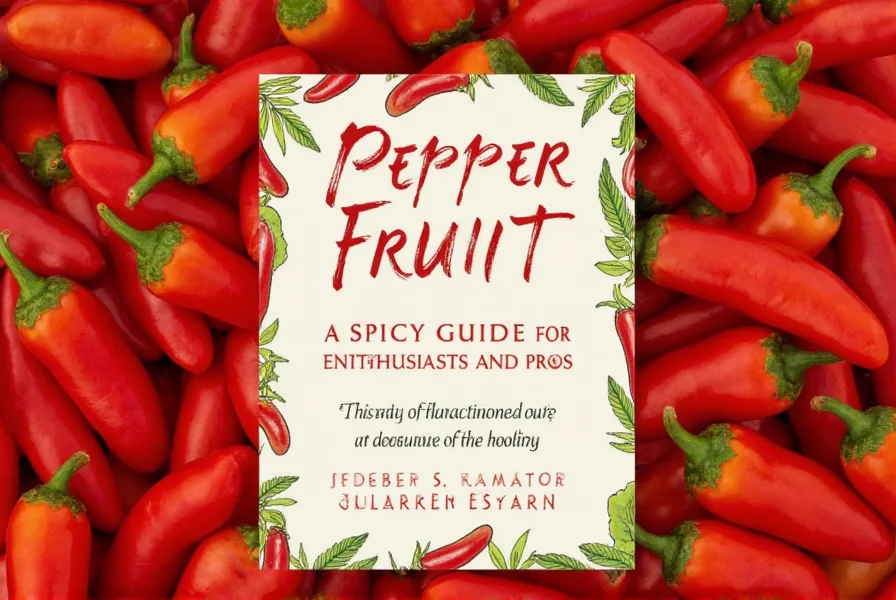
Carolina Reaper pepper, one of the world's hottest.
Conclusion
Peppers are fascinating fruits with rich botanical, culinary, and cultural significance. Understanding their true classification as fruits—not vegetables—helps appreciate their versatility in global cuisine. From mild bell peppers to superhot Carolina Reapers, they offer endless possibilities for experimentation while providing nutritional benefits backed by scientific research. Next time you cook with peppers, remember: you're handling a fruit, not a vegetable.

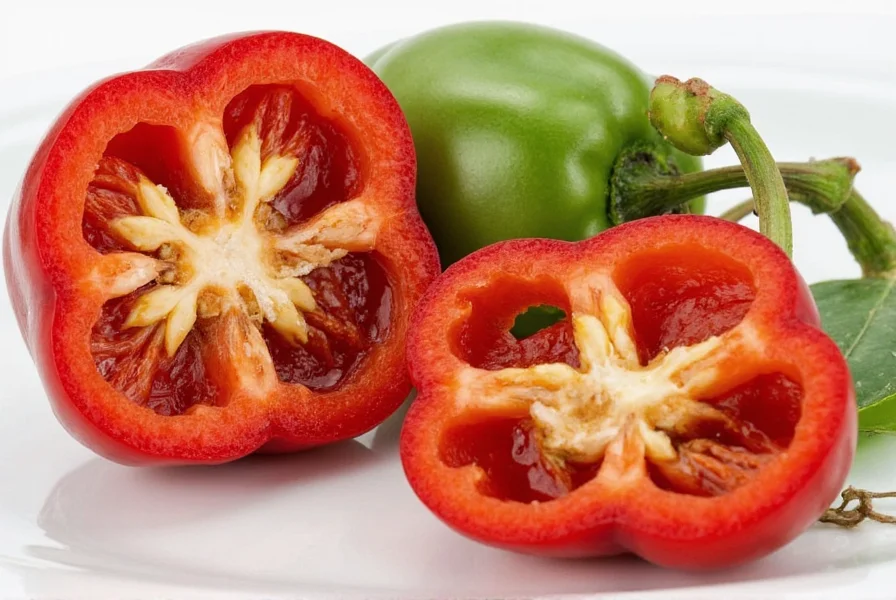









 浙公网安备
33010002000092号
浙公网安备
33010002000092号 浙B2-20120091-4
浙B2-20120091-4